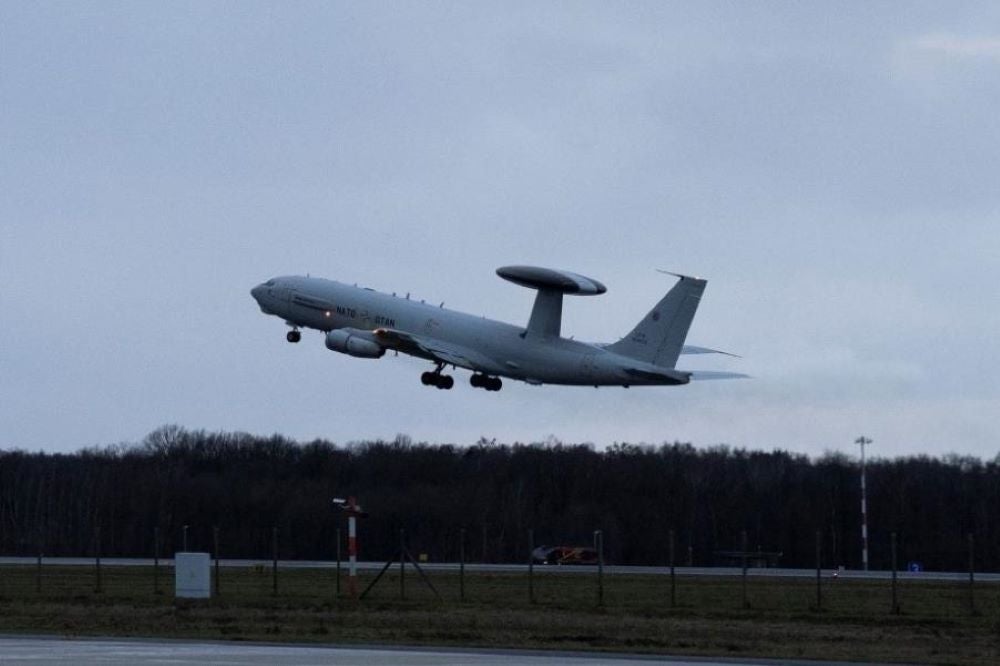U.S. F-35 Lightning IIs and a KC-135 Stratotanker joined aircraft from the Royal Netherlands Air Force and a NATO E-3A airborne warning and control system (AWACS) surveillance aircraft for aerial drills in airspace over Poland, according to NATO Air Command.
The U.S. fighter jets and tanker deployed from bases in the U.K., according to NATO.

As part of the drill conducted Thursday, the multinational aircraft conducted a “find, fix, track, and target”—or F2T2—exercise.
“F2T2 exercises require participating members to execute multidomain operations by employing intelligence, surveillance, and reconnaissance assets to locate and communicate potential target locations to other aircraft with capabilities to strike the targets in an established time limit,” NATO said.
The aerial drill took place as concern grows that NATO’s eastern flank could potentially face conflict with Russia within the next decade. Last week, Estonia Foreign Minister Margus Tsahkna said during a speech in Poland that intelligence indicates that allied forces have about three or four years to strengthen defenses before Russia prepares a “test for NATO,” the Associated Press reported.

The Boeing E-3A Sentry surveillance aircraft, known as NATO’s “eyes in the sky,” is part of the alliance’s fleet of 14 surveillance aircraft expected to retire around 2035. The aircraft is based on a Boeing 707 airliner and features a distinctive radar dome mounted on the fuselage. Flown by a three aircrew and staffed with a dozen AWACS operators, the aircraft conducts a range of missions, from air policing to evacuation operations and a spectrum of wartime missions.
The aircraft is capable of a total surveillance area of around 120,000 square miles, which is around the size of Poland.
Last year, NATO selected the Boeing E-7A Wedgetail to modernize the AWACS fleet, and the first of those aircraft are expected to be operational by 2031..
